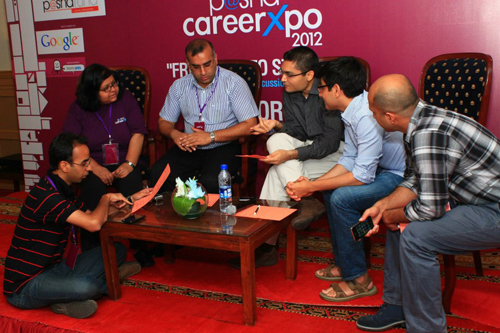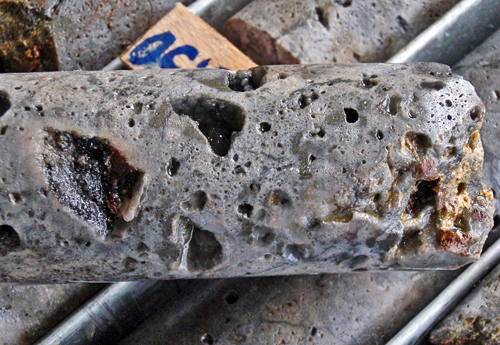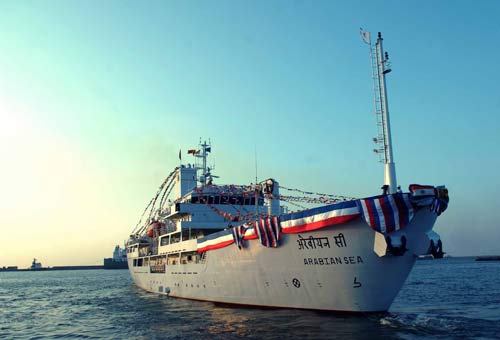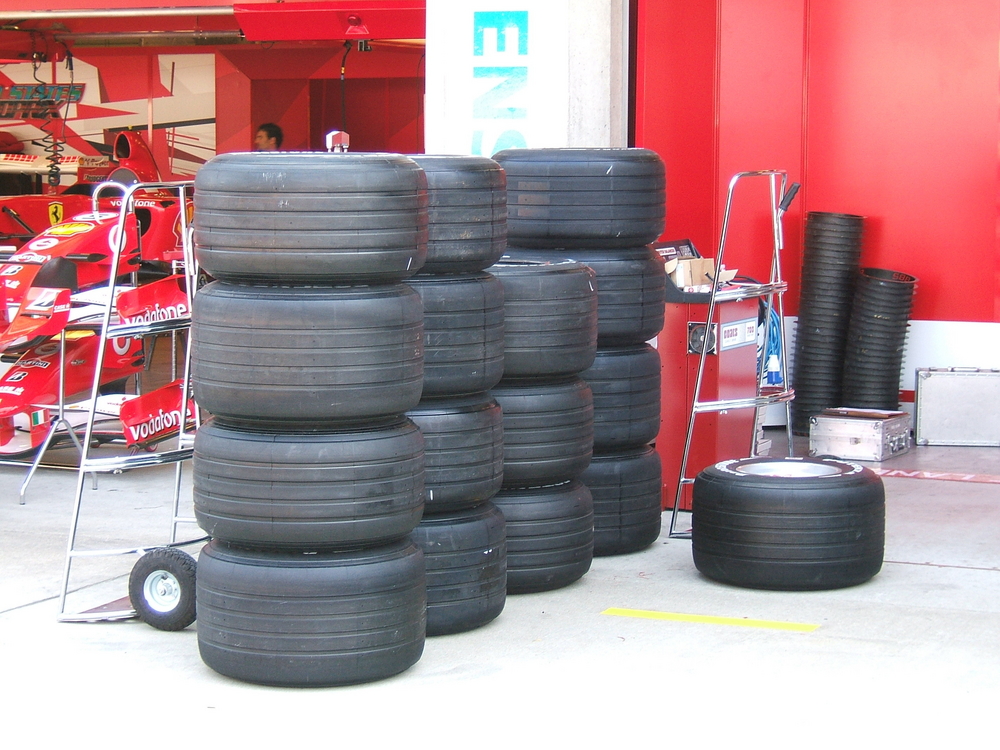
The award makes AirAsia the first foreign company to attempt to capture the rising demand for services in India’s aviation sector.
AirAsia India will be a joint venture with the well-known Tata Group, based in Chennai in South India. AirAsia, which itself is Asia's largest low-cost carrier, will make an initial investment of 800m rupees and will own 49 percent of the new airline, while Tata Sons will have a 30 percent stake. Arun Bhatia, the owner of investment firm Telestra Tradeplace, will have the remaining share.




 P@sha-APAC.Telecoms-Mar13-Bro-s.pdf
P@sha-APAC.Telecoms-Mar13-Bro-s.pdf







